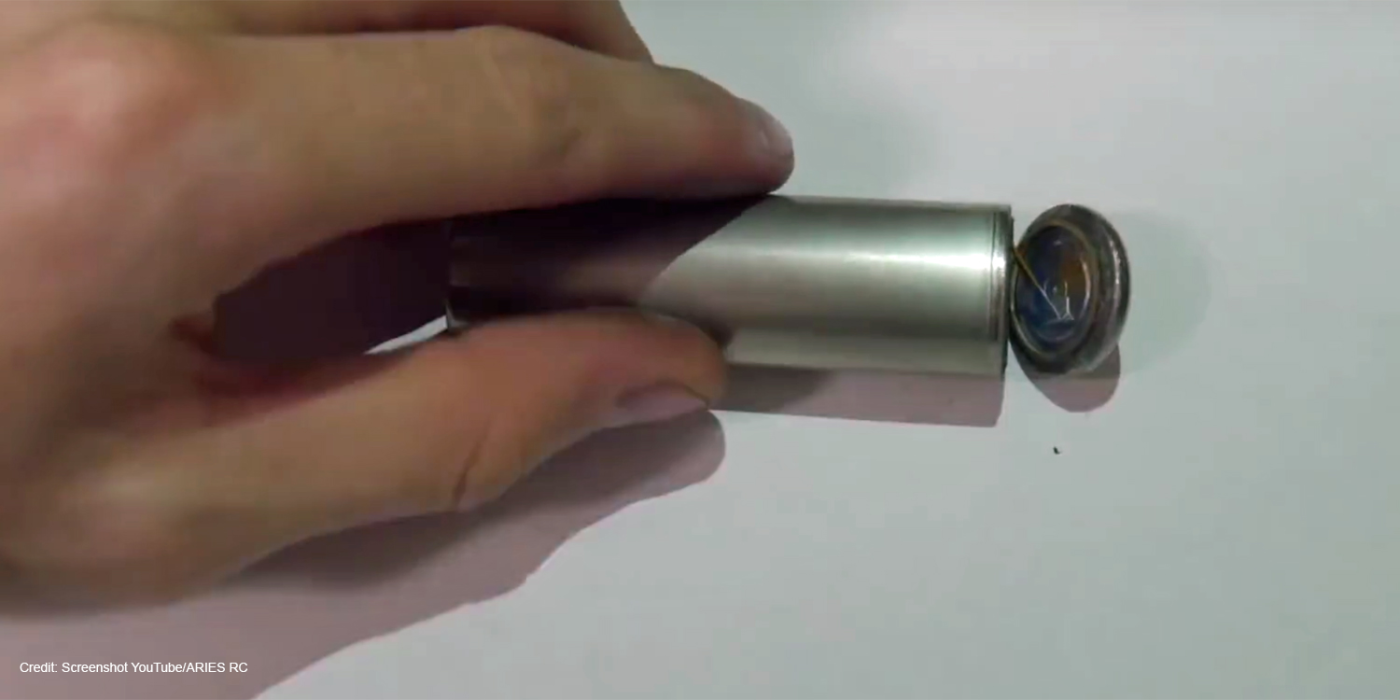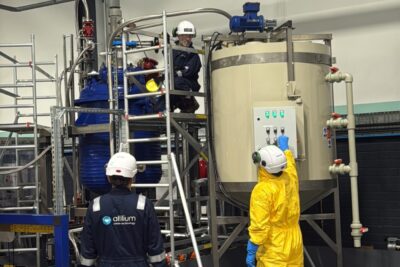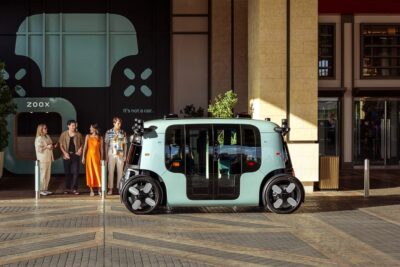Battery researcher Jeff Dahn: Why the million-mile battery makes sense
The battery research team around Jeff Dahn continues to work on the million-mile battery. As the Tesla battery researcher explained at an online conference, the actual goal is not to make an electric car drive 1.6 million kilometres with it but to be able to use the battery in V2G applications.
In essence, the work was already described back in October 2020, when Dahn and his team presented a cell that is supposed to last for around 10,000 cycles and would provide traction current for over three million kilometres. Dahn also referred to these results during his appearance at the battery software conference ‘Twaice Vision’, which was organised by the Munich-based battery analytics specialist Twaice.
In some conclusions, however, Dahn, who tuned in directly from his office at Dalhousie University, deviated from previous statements. In 2020, for example, Dahn had mentioned the use in autonomously driving taxi cabs with extremely high mileage as a possible field of application for such cells.
At the Twaice online conference broadcast from Munich, the battery researcher said that the use of such long-lasting cells in private cars is not only possible, but actually necessary in the future, although not to actually drive well over a million miles in an electric car with them.
“We have to do without fossil fuels,” Dahn said during his presentation. “It is cheaper to install solar panels and wind power than coal. However, energy production is not so constant, so we need energy storage on a large scale.”
V2G solves energy storage shortage
A good thing, he said, is that battery production worldwide will increase more than fivefold by 2030, starting from 2020. Here, the vast majority of announced and planned battery cell production capacity will be for all types of electric vehicles, from e-bikes to electric cars to battery-electric buses and trucks. “Growth will be driven by eMobility applications, less by energy storage,” says Dahn.
In order to nevertheless be able to store corresponding amounts of energy in grid energy storages, the development of vehicle-2-grid (V2G) applications is inevitable, according to Dahn. With bidirectional charging, the storage capacity built into the electric car can be used for grid tasks: The consideration in and of itself is not new – most cars are stationary for most of the day.
According to the battery researcher, the cells must be suitable for this task. “If an EV battery is designed for 800 cycles, that is enough for most car applications, but it cannot be used well for V2G,” says Dahn. He calculates 400 cycles per year for grid energy storage. “At 10,000 cycles, such a battery cell will last 25 years, which also matches the lifespan of solar panels and wind turbines,” says the researcher.
To achieve such cycle resistance, Dahn’s research team works with additives for the electrolyte. In the cell, the electrolyte reacts with the electrode materials over time, which is why a thin layer of reaction products is deposited on the surface of the anode and cathode. Since many of these reaction products contain lithium, they continue to enable the transport of lithium ions, yet the “solid electrolyte interphase” film ensures reduced ion transport. As the cell ages, the usable capacity decreases.
Reactive additives in the electrolyte are meant to reduce the reaction with the electrode material and thus the formation of this film. “Using these additives, with only a few percent by weight admixture, one can considerably extend the life of lithium-ion batteries,” says Dahn.
Cells for stationary storage has different requirements than an electric car
Dahn’s team is working with an NMC532 cell with a graphite anode. These cells are purchased dry, i.e. without electrolyte, from a Chinese supplier. The electrolyte is then mixed with the additives in the laboratory. “Finding the ideal mixture of additives is a huge challenge, and we spend a lot of time on it in the lab,” says Dahn. Over several years, a combination of materials was developed that still reaches 90 percent of its original capacity after 12,000 cycles at room temperature.
Here it must be noted that such durability is currently only possible in the laboratory, and even that only with low charge and discharge powers. This cell was charged and discharged at 1C. With up to 3C, the durability is still above average, but nowhere near as good. However, operation at 1C is important for vehicle-to-grid applications when the car is charged or discharged at low power. Fast charging, however, also harms this durable battery in the long run.
At the end of his talk at ‘Twaice Vision’, Dahn reports on quite different challenges, namely, that if the cell chemistry lasts this long, other components like the housing, the module hardware or the battery management system will fail first. “We already had such a case in our lab that the charging equipment failed and we had to move the cell to a new environment,” says Dahn.
Dalhousie University’s research partnership with Tesla is exclusive and was renewed in January 2021. The Californian electric car maker is thus more than a simple third-party funder for the university. The first agreement was signed in June 2015, and officially the agreement, which began in 2016, was set to run until 2021. The current agreement runs until “at least 2026”.
With reporting by Sebastian Schaal, Germany.
Source: Webcast conference





1 Comment